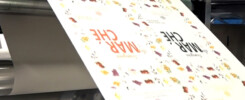GROWTH IN FLEXIBLE PACKAGING
Flexible packaging is a trend that continues to gain great popularity, and there’s a good reason for it. Technological advancement in flexible packaging materials makes them suitable to far more consumer products today that were once restricted to rigid and hard materials.
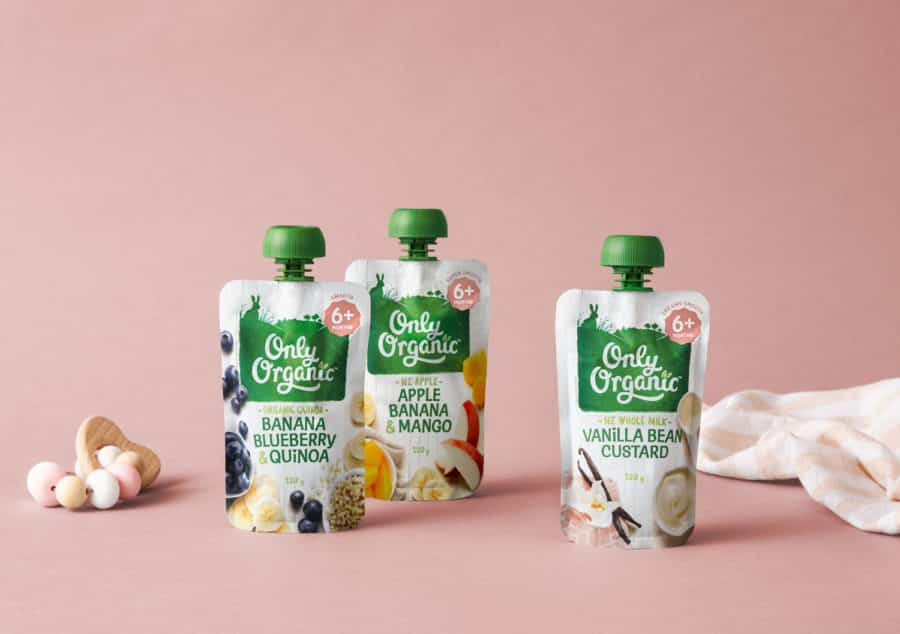
The United States accounts for approximately $170 billion in the global packaging market. The Flexible Packaging Association reports the flexible packaging segment accounts for 19% of the total U.S. packaging market. Flexible packaging takes in
all non-rigid materials.
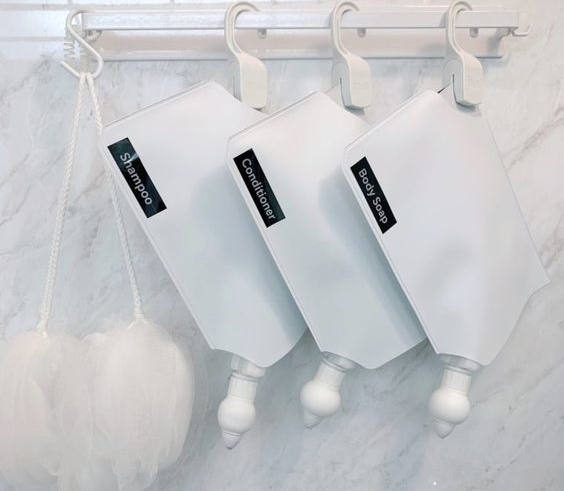
The most popular flexible packages are wraps, bags, pouches and envelopes.
Flexible packaging has many advantages over rigid packages due to the following factors:
- It is easier to store.
- It has an extended shelf life.
- It is more convenient to open.
- It is highly practical to close or reseal.
- It has a more attractive shelf appeal.
- It uses less material.
- It has improved cost economics. (weighs less)
- It weighs less.
- It has better shipping characteristics.
- It is better suited for e-commerce.
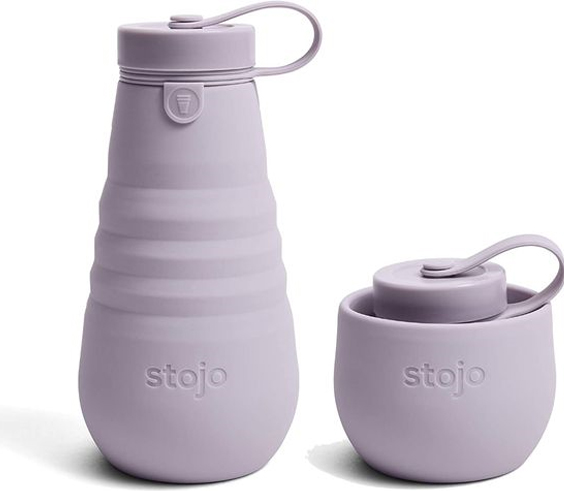
Part of the reason flexible packaging is such a prominent trend is material advancement. For years, most flexible packaging materials were polyvinyl chloride. This plastic wouldn’t break down or decompose, which made it environmentally hostile.
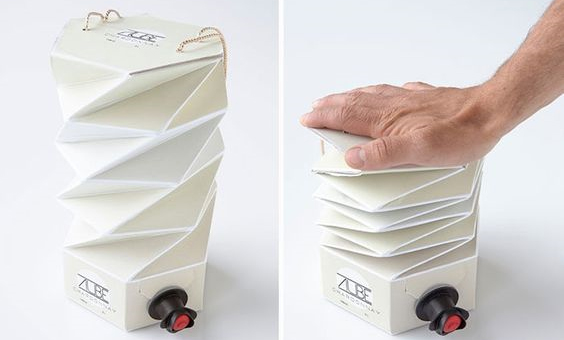
Today, most flexible packaging uses materials made of polyethylene, polyethylene terephthalate or polypropylene. These high-tech plastics are durable when in use but deteriorate when discarded.

New end-of-life recycling programs are trending and propelling flexible packages even more. In fact, Smithers Pira reports the flexible packaging industry will grow by 3.3% each year to reach $269 billion in 2024.
Thank you for reading this post, don't forget to subscribe!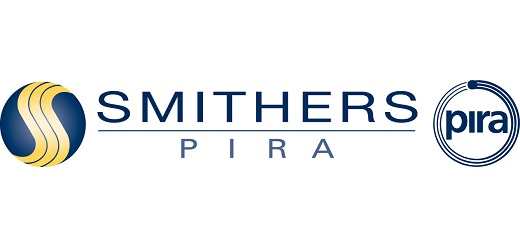
source : yorksaw.com


